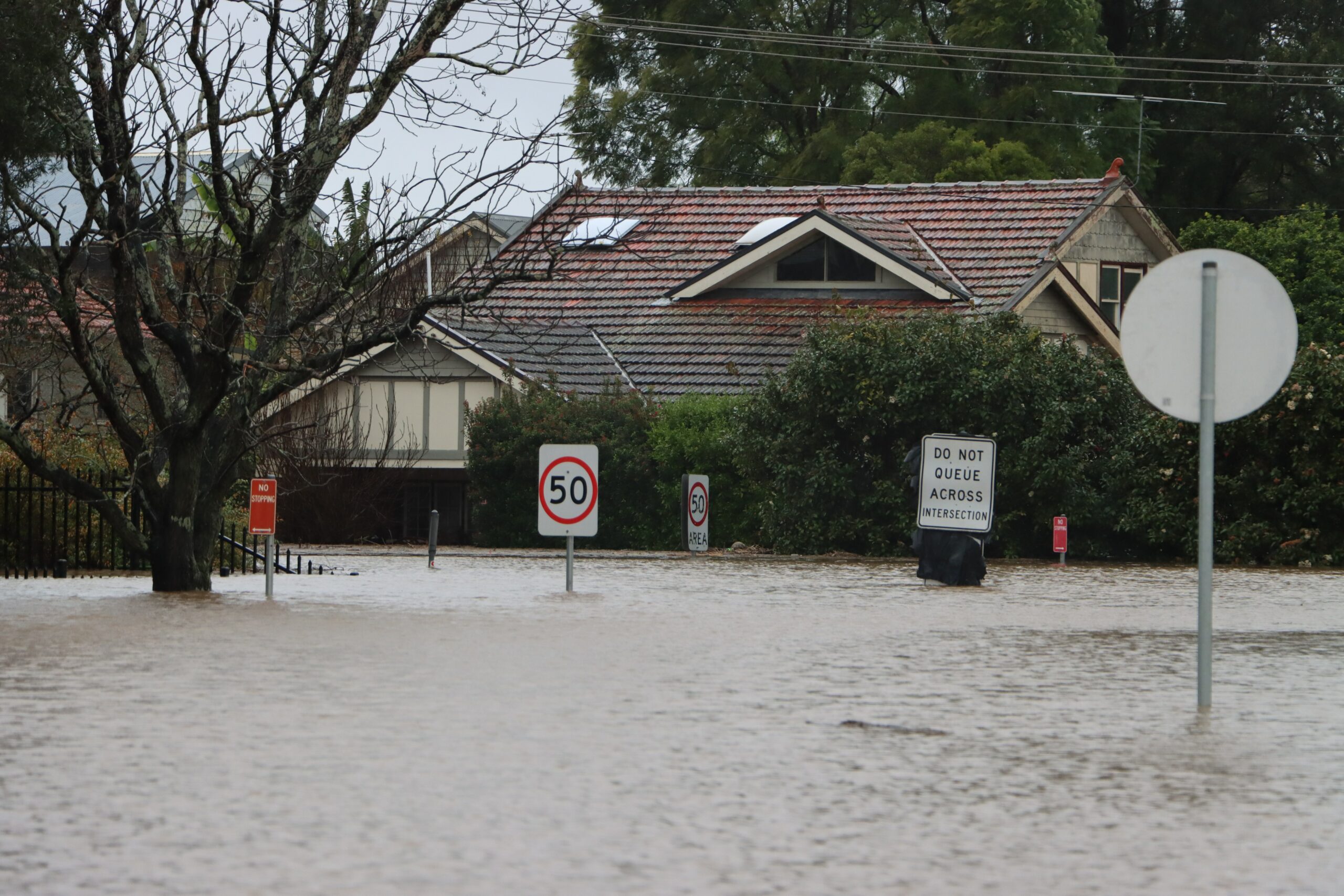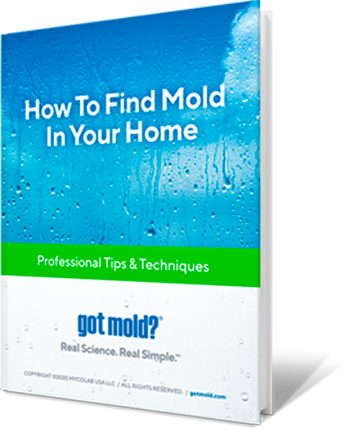
Indoor mold is tied to numerous health conditions such as asthma, chronic sinusitis, allergies, bronchitis, and even depression. That’s why, after a flood, it’s critically important to quickly dry your home and dispose of most water-soaked items immediately. The goal is to head off the emergence of harmful mold growth, which can develop within 24-48 hours.
Here are the key Do’s and Don’ts after a flood:
Be safe
Before you worry about your stuff, make sure you’re not putting your life at risk.
- If you have evacuated, do not return or enter the building until the authorities have given clearance.
- Water damage can cause structural problems and unexpected events like ceiling collapses.
- Water and electricity don’t mix. Be sure the power is off before you enter. Avoid touching appliances.
- Watch for debris and sharp objects, and be careful on muddy and slippery surfaces.
Act quickly
Mold growth can occur in as little as 24-48 hours following a flood, even a small one. If you get to it fast, you’ll save yourself from a massive remediation bill and potential health issues. Remember: most insurance doesn’t cover mold.
- Harmful flooding is not always caused by severe weather.
- Plumbing failures, sewage leaks and roof defects are all common gateways to dangerous mold growth.
Prevent illness
Flood waters bring unique risks. Proper sanitation and basic hygiene are vital during the emergency period directly following a flood.
- Wear rubber boots, waterproof gloves and an N95-rated respirator during clean-up.
- Before eating and after toilet use always wash your hands with soap and boiled or disinfected water. The same applies to cleanup activities or when handling items contaminated by floodwater or sewage.
- Flood waters often contain fecal matter from sewage systems, agricultural and industrial waste, or septic tanks. Keep clean any open cuts or sores exposed to floodwater.
- Do not allow children to play in floodwater or with toys that may have been contaminated.
- If floodwaters are covering your septic tank and leach field, do not flush toilets attached to the system.
Prevent mold growth
Moisture that enters buildings from leaks or flooding accelerates mold growth.
- Individuals with known allergies, asthma, respiratory illness, or a compromised immune system SHOULD NEVER clean or remove mold. They shouldn’t even enter the building until it’s clean, dry and remediated.
- Make sure the building is well-ventilated.
- Open windows and, if available, utilize pumps, fans and dehumidifiers.
- Be careful about mixing household cleaners and disinfectants, as combining certain types of products can produce toxic fumes and result in injury or death.
- If mold growth has already occurred, it’s best to have a professional remove it.
When in doubt, throw it out
It’s unwise to try saving moldy, porous items (i.e., items that absorb water) in the aftermath of a flood, but there are some things that may be salvageable. When in doubt, throw it out.
Items that can be saved typically include:
- Nonporous items like china, glass, jewelry, porcelain, and metal
- All-wood furniture with mold growth but otherwise in good condition
- Some electronics and small appliances (depending on flooding conditions)
- Photographs, books and valuable or important legal documents with minor levels of mold growth
- Artwork, textiles and clothing that are not physically damaged
- Items of high monetary or sentimental value should be evaluated on a case-by-case basis.
Dispose of immediately the following items if you can see or smell mold on them, or if they’ve been under water:
- Carpet, carpet padding and rugs
- Upholstered furniture, mattresses and box springs
- Computers, microwaves, window A/C units, and other electronics/appliances with fans that are housed in moldy rooms
- Papers and books with more than minor levels of mold growth
- Food items—including canned foods—that came in contact with flood waters
Additional household clean up
Walls, hard-surfaced floors, and many other household surfaces must be cleaned with soap and water and then disinfected.
- For these surfaces, disinfect with a solution of 1 cup bleach to five gallons of water. (Note: To avoid toxic fumes, a cup of vinegar instead of bleach makes an effective biocide for mold. In many cases, a simple detergent like trisodium phosphate [TSP] will do fine.)
- Thoroughly disinfect surfaces that come in contact with food and children’s play areas.
- Replace fiberboard, insulation and disposable filters in your heating/cooling system.
Garbage storage, collection and disposal
As you clean, you will likely produce a great deal of garbage.
- Garbage invites insects and rodents who may be scouring for food if the flood destroyed their homes and normal food sources.
- Put garbage in a convenient location but not near a well. Store in watertight, rodent/insect-proof containers with tight-fitting covers. Use plastic liners if available.
Prevent mosquito-borne illness
Heavy rains and flooding can lead to an increase in mosquitoes that may be infected with harmful viruses.
- Wear clothes that cover most of your skin.
- Avoid being outdoors when mosquitoes are most active. For many species, this is during the dusk and dawn hours.
- Repellents containing DEET (N,N-diethyl-m-toluamide), picaridin or OLE (oil of lemon eucalyptus) are options for mosquito protection. Do not allow children to apply repellents and avoid getting them on their hands.
- Check around your home for standing water, and eliminate other potential breeding sites.
- Remove old tires.
- Turn over or remove empty containers that hold water.
Overall, when it comes to the aftermath of a flood, always remember: Be careful, be fast, and be resilient!

